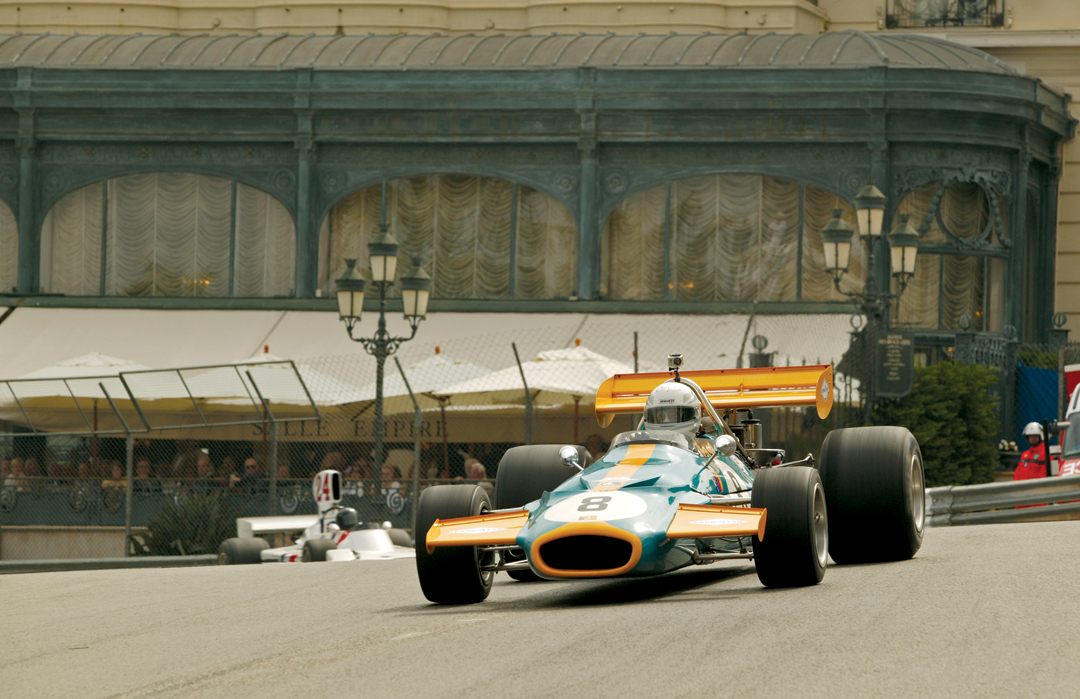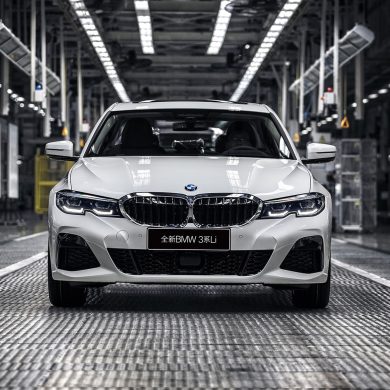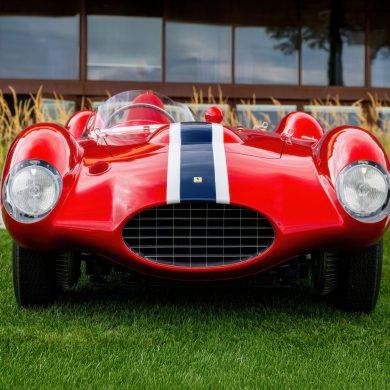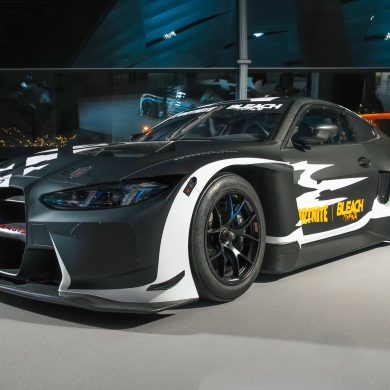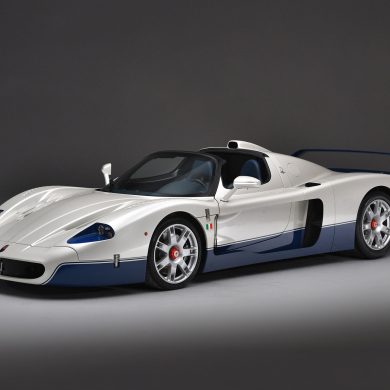Jackie Stewart once said: “If, for some reason, I could only take part in one race each season, it would have to be Monaco; and if, as a spectator, you could only watch one race each season, it should be Monaco.” His fellow three-time World Champion Nelson Piquet once described driving a Formula One car around the narrow and serpentine Monaco GP circuit as like trying to ride a bicycle around your dining room. Every two years, the Automobile Club of Monaco supplements its annual World Championship race around the largely unchanging circuit with a weekend of historic racing open to cars of the type that would have raced there before 1978, and 2010 was one of those years.
There were, in fact, two Grands Prix going on over the first weekend of May in the Principality, as the main players of the classic and historic car auction world, attracted by the glamour of the event and the potentially deep pockets available in abundance, all decided to pitch up together. We’ve gotten used to Bonhams and Coys slugging it out to purvey as many valuable cars as possible to the great and the good, but this time Canadian auction house RM forsook their previous premium sale at Maranello in early May and decided to ruffle feathers and check the water in Monaco alongside the establishment.
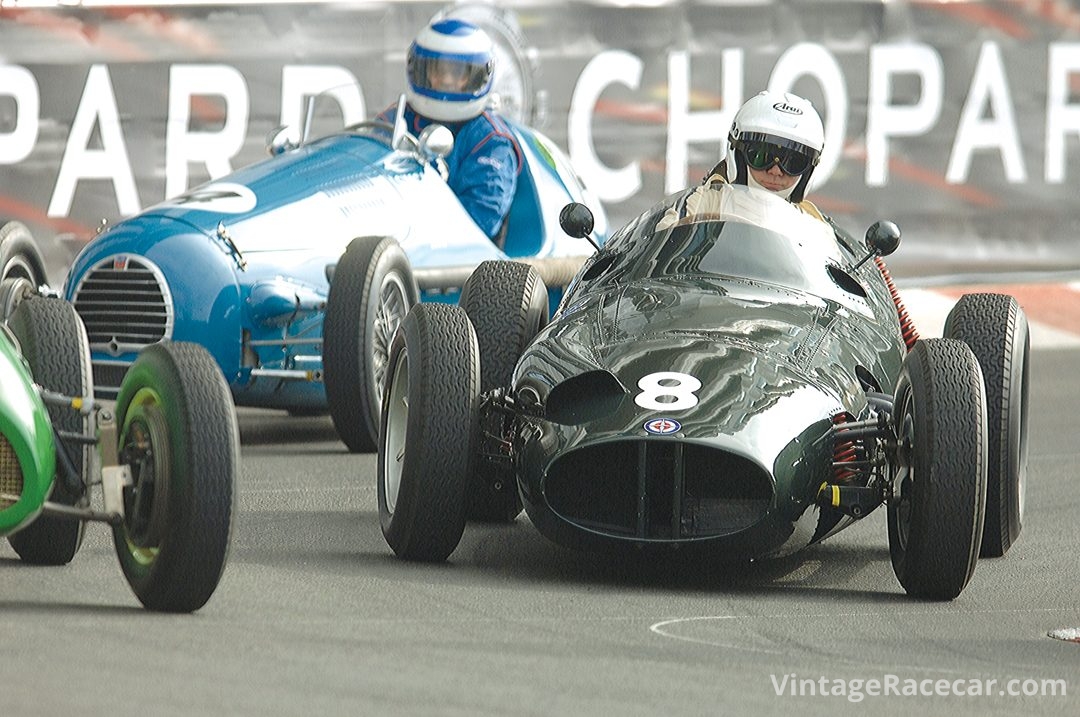
If the overall value and numbers of cars sold are anything to go by, then they must have been exceedingly pleased with their visit to this highly populated and motivated little country nestling between Nice and Italy. RM, making its first attempt count, sold a total of 33 million worth of cars, which would seem to give them a decided edge.
Out on the racetrack itself, probably the most motivated man was American Duncan Dayton who came to Monaco looking for two wins. He achieved them both, but not without a fight. During practice for the 1947-’60 front-engined Grand Prix cars event, his ex-Graham Hill Lotus 16 broke its gearbox, and an overnight paddock rebuild was required. Star of this event had been Tony Smith in his Ferrari Dino 246, which had been fitted with the V-6 for this meeting. Tony had been on the pace in practice and roared away from the start and into Casino Square with the lead on Sunday. By the end of the first lap, however, the Lotus 16s of Dayton and Joaquin Folch, as well as the BRM P25 of an inspired Gary Pearson, had slipped past. Smith never gave up, although third place at the end was little reward for his efforts.
Dayton’s other win came at the expense of Monaco resident Frank Sytner, who was running his ex-James Hunt Hesketh 308 in the 1966-’74 GP cars thrash, while Dayton drove his earlier generation Brabham BT33. Nevertheless, the Hesketh was harried in the early stages until the American saw a gap in the run up to the Chicane from the Tunnel. In a beautifully judged move, Dayton slipped the blue Brabham ahead of the white Hesketh on turn-in and Sytner was unable to respond, even though a later Safety Car period for oil on the track closed up the field.

Photo: Peter Collins
So bad was the oil spilled on the circuit that Roger Wills, leader of the contest for pre-1965 rear-engined GP cars, exited the tunnel at racing speed backward, having done a complete volte face on the slippery surface. That race was won by Dayton’s fellow American James King in his ex-Dan Gurney Brabham BT7.
Patrick Blakeney-Edwards must not go unrecorded for a fabulous drive to second in the pre-1953 Sports Cars race. Carlos Monteverde had bought and brought a Jaguar C Type, and although it powered away between Rascasse and Massanet, Patrick’s virtuoso driving kept him well in touch all the way around the twisty bits with much throttle blipping and almost constant steering inputs. It is always salutary standing next to the run-off at Mirabeau and watching the late-braking antics of some as they hurtle down the roller-coaster Spelugues into the blind downhill hairpin.
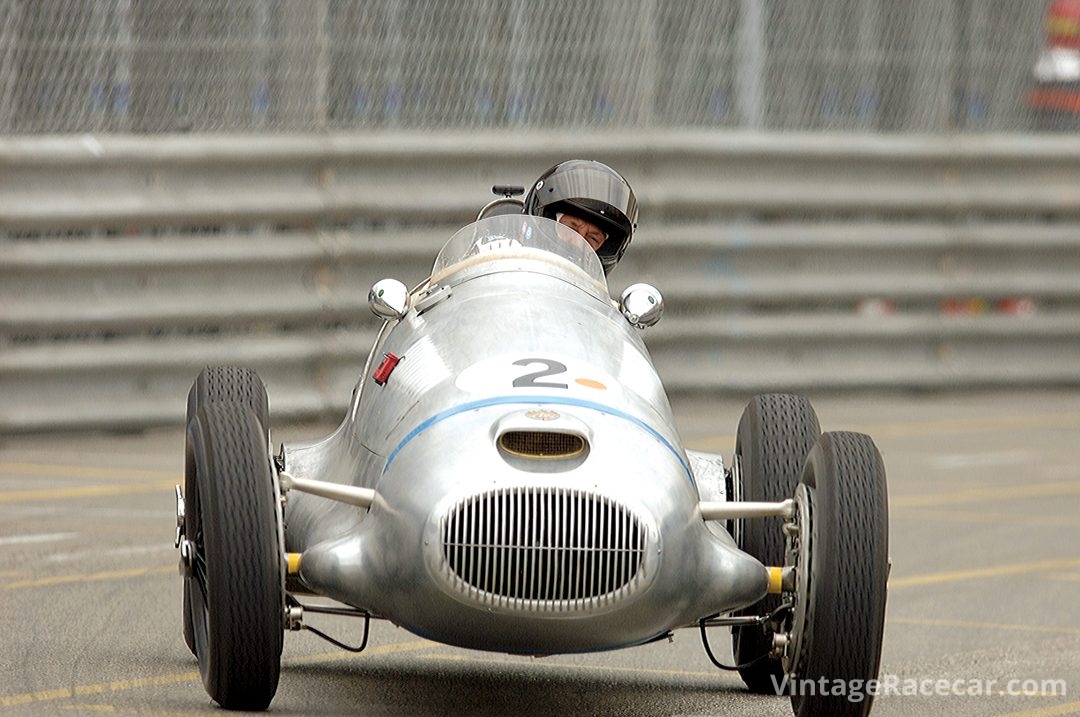
An inspirational move on the part of the organizers this year was to include two Formula 3 races for the first time. One was for pre-1970 screamers and the other for pre-1984 2-liter cars. Both were closely fought, with Christian Traber’s Brabham prevailing in the pre-1970 event, but the 1984 race was probably the event of the weekend. Five-time Le Mans winner Emanuele Pirro ran away with the lead in a Martini Mk34, but behind him a huge field jostled with and snapped at each other at every corner for the duration of the race—until an almost inevitable shunt on the approach to Massanet brought out the safety car. Upon the restart with two laps to go, mayhem ensued, but mercifully with no further damage. Great stuff. For both these races owners had made big efforts to bring along a fascinating collection of different chassis and engines, ranging from Brabham, Chevron, and Dallara through Martini, Modus, and Ralt.
On the subject of unusual chassis, Josef Rettenmaier had courageously decided to resurrect the disastrous 1947 French Grand Prix CTA Arsenal project. This car never raced and was, in period, deemed unworthy of ever doing so. A huge round of applause should go to the new owner for getting the car running through practice on Saturday, even if it didn’t make the race. This must be the most distance one of these cars has ever travelled!
Pity it’ll be two years before it all happens again.
By Peter Collins


